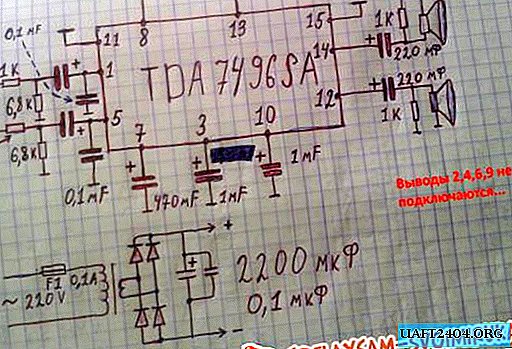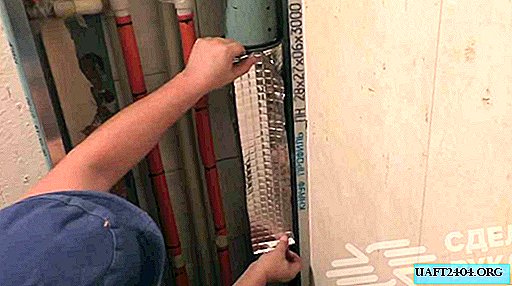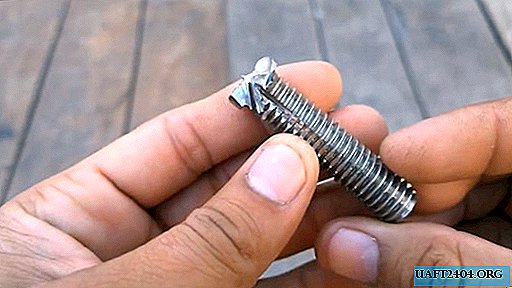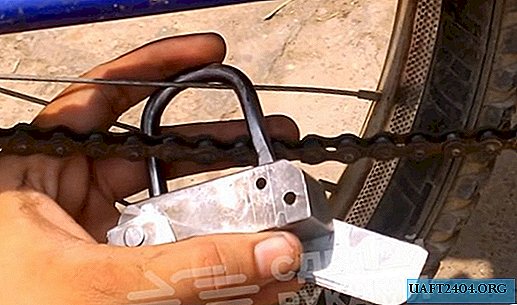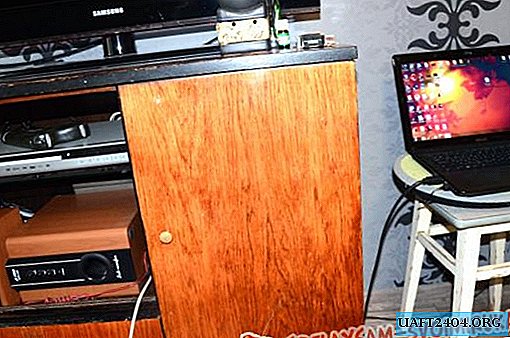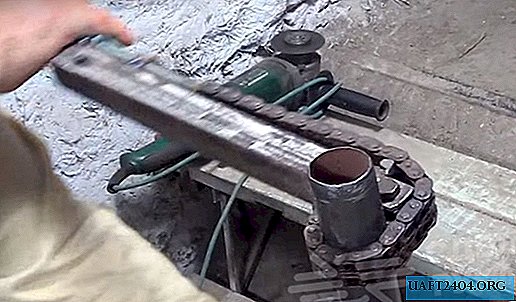Share
Pin
Tweet
Send
Share
Send
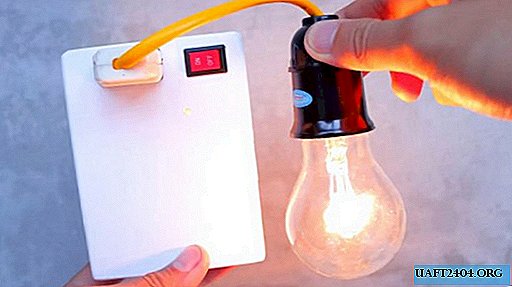
This portable charger (Power Bank), unlike all manufactured models, produces not only 5 V DC, but 220 V AC, which is very advantageous and can be applied in a wider circle. Power - 60 watts, which is quite a lot for such a small box that easily fits in your pocket.
Even a beginner can assemble this Verbank without proper knowledge of electronics, since everything is built on ready-made Chinese modules.
Will need
- Li-ion 18650 batteries - 3 pcs.
- Holder (case) for 18650 batteries.
- DC-DC converter, from 12 V to 5 V USB.
- DC-AC converter, from 12 V to 220 V 60 W.
- Toggle Button
Other: plastic for making the case, hot and second glue.
On Ali Express, you can find batteries of various capacities from 600 mA * H to 9800 mA * H, with a voltage of 3.7 V. The total capacity of a power bank is made up of the total capacity of all elements. That is, if all three batteries have a capacity of 3000 mA * H, then the capacity of the bank will be 9000 mA * H.
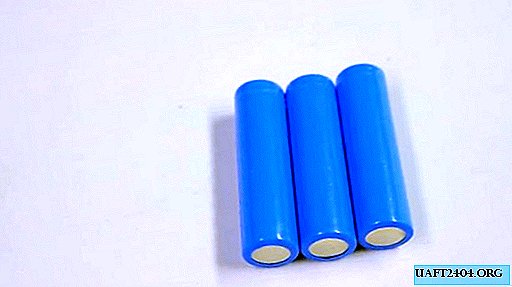
A case must be selected for three elements.

Regarding the boost converter (inverter) I want to answer: the power of the presented instance is 60 watts. But that is hardly what you will find. Most likely, other smaller converter boards will be available to you. By power, they prevail either at 40 watts or at 150 watts. You can take any.
A distinctive feature of such mini inverters is that they practically do not consume energy in idle mode. They also have a very high efficiency, because the entire capacity will be given in full.

5V step-down converter board with USB socket. It is necessary to directly charge devices from 5 V via USB.

Making Power Bank 220 V
We install the elements in the holder and measure the total voltage. In the case, they are connected in series and the output voltage of completely infected batteries in the amount is approximately equal to 12.5 V.

Consistently with the elements we solder the toggle switch, which will break the entire circuit and more than one converter after shutdown will not just waste capacity.

Solder the wires to the inputs of the 220 V converter.

And at 5 V.

Solder wires to the output of 220 V.

We will prepare a universal power outlet.

Something like this. You should not particularly delve into, since the connection is not entirely clear, but it works. The 5V converter is soldered directly to the block, but then was soldered in parallel to the inverter.

We proceed to the manufacture of the housing of the device. For these purposes, it is good to use thick PVC plastic, foam board, etc. Arrange the elements and roughly cut out the rectangle.

We plant a case with elements on hot glue.

So is the inverter board.

That was the bottom. Cut the top to the same size. We make grooves for the switch and the outlet.

In the center you can see a hole - this is under the LED, which is located on the inverter board and sticks out on the legs.

Solder the wires to the outlet.

In the side wall we attach a 5 V buck converter with a USB socket and an output connector, which is soldered in parallel to the entire battery by 12.5 V.

This connector will be used to recharge the cookbank.

We assemble the case, gluing all parts with second glue.


View of a fully finished device.

Testing the Verbank
We turn the switch to the on position and measure the output voltage at the 220 V socket. It shows 203, but this is not critical, in the tolerance of discrepancies.
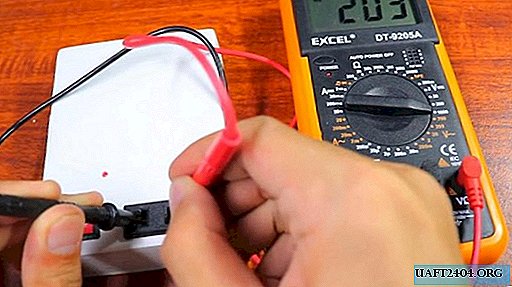
We stick in a 60 W bulb testing for maximum load capacity. The lamp is on.

We are trying to charge the mobile phone through charging. The charge is on.

We try to work and charge the laptop battery. Everything works without problems.

We are trying to charge directly via USB.

Everything works as it should!
Charging
The device is charged through a 12 V adapter plugged into the connector.


This is not entirely correct as it turned out. Batteries of this type must be charged through a special 3S board of the BMS board. Thanks to the use of such a board, there will be no voltage difference between the elements in the same circuit.
That's all! Now the 220 V socket will be in your pocket!

I would like to finally note that the 220 V output has a high frequency of about 800 Hz. Asynchronous motors, transformers and other equipment that require an accurate frequency of 50 Hz cannot be powered by such a device. And for powering pulse power supplies of laptops, televisions, chargers it is quite acceptable.
Share
Pin
Tweet
Send
Share
Send



